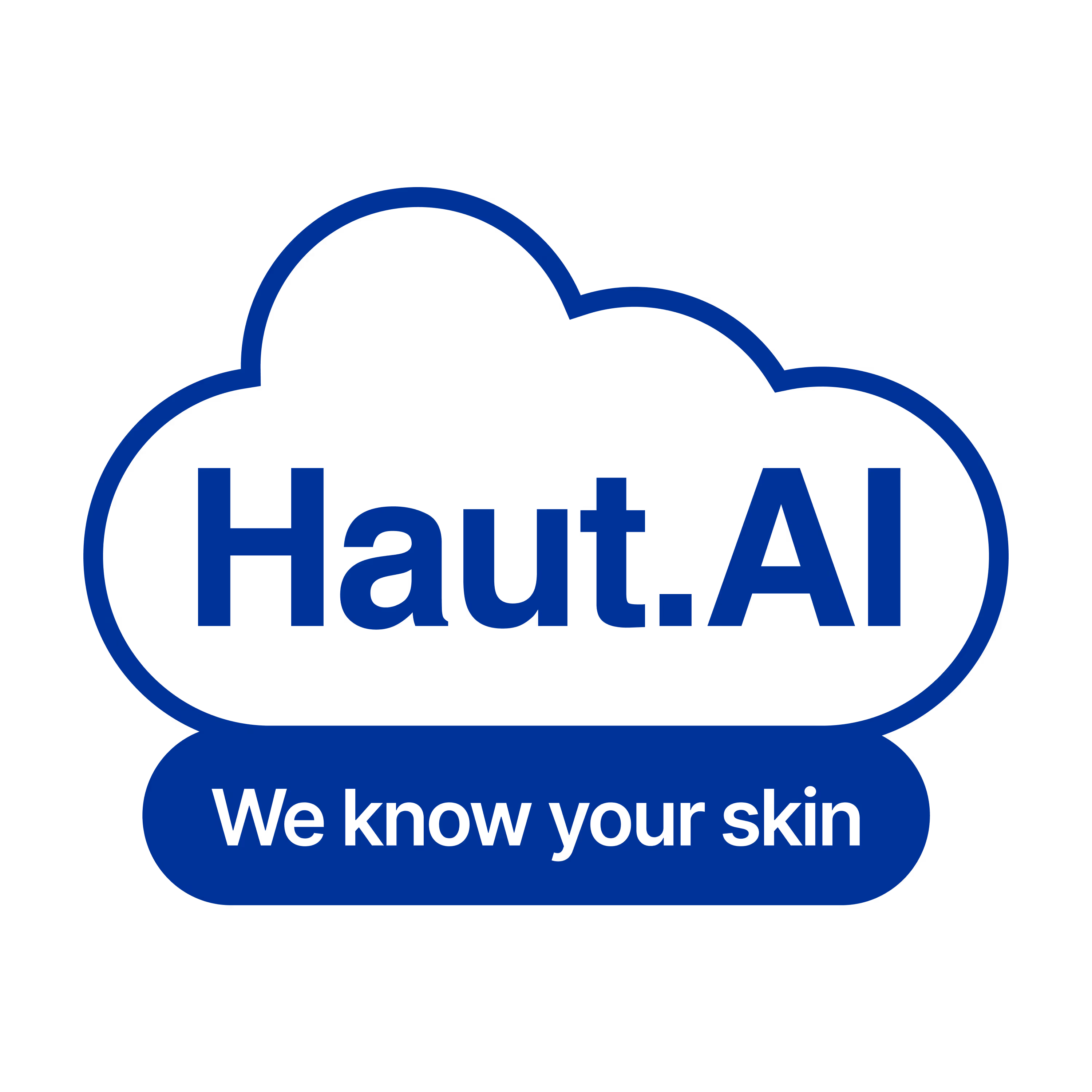
Haut.AI gifts 1-month free trial of Skin.Chat ->
Haut.AI gifts 1-month free trial of Skin.Chat ->





Haut.AI is proud to announce Face Analysis 3.0 — its most sophisticated AI skin analysis system to date. For the first time, the level of scientific precision once reserved for controlled clinical studies is now accessible across the entire beauty, skincare, and wellness ecosystem — from global brands refining product lines to consumers monitoring their skin health at home.
“Until now, clinical-level skin analysis required specialized equipment and lab conditions. With Face Analysis 3.0 and our LIQA technology for capturing standardized selfies, we’ve made it as simple as taking a picture on your phone.
That shift, from hardware-bound precision to universal accessibility, is what makes this launch transformative,” said Anastasia Georgievskaya, CEO & Co-Founder of Haut.AI.
Face Analysis 3.0 transforms photos into a comprehensive skin condition assessment, using parameter-level analysis aligned with dermatological standards. It goes beyond broad categories, distinguishing multiple wrinkle types and separating pigmentation into freckles, sun spots, moles, and more — delivering the kind of granularity clinicians rely on.
Launched with 29 parameters and expanding to over 40 measurable metrics in the near future, Face Analysis 3.0 offers insights with a clarity that mirrors professional dermatological evaluation. And with algorithms optimized for both professional imaging systems and everyday smartphones, it brings clinical-grade precision to skin analysis on any device.
A standout innovation in Face Analysis 3.0 is Face180, a multi-angle image capture system. Instead of relying solely on a frontal photo, Face180 collects three perspectives — front, left, and right — in one session and merges them into a unified analysis. This approach eliminates blind spots and ensures that skin concerns are not missed merely because of head tilt or angle variation.
Critically, Face180 enhances measurement stability by up to 30%, reducing variability from lighting, posture, or camera angle and producing results that are more reproducible and clinically aligned.
To support the precision of Face Analysis 3.0, Haut.AI applies advanced preprocessing to every image. At its core is Skin Atlas, Haut.AI’s patented anonymization technology. This system removes personal identifiers while preserving only essential skin pixels. Every analysis is conducted with complete respect for user privacy, ensuring that individuals can engage with AI-driven skin insights with confidence.
In parallel, advanced color correction techniques standardize selfies across all lighting conditions — indoors or outdoors, natural or artificial — ensuring that results reflect true changes in the skin itself, not variations in the scene.
For years, Haut.AI has been the technology partner of choice for global brands and research institutions, supporting R&D teams and facilitating clinical consumer studies. Enhancing the level of details in skin analysis was a natural next step — one that moves partners from broad indicators to clinically aligned insights.
With Face Analysis 3.0, parameters can now be translated into standardized clinical scores, ensuring results are directly comparable across different grading systems used in research and dermatology practice. This makes analysis more reproducible, interpretable, and valuable across the industry.
Combined with Face 180, Face Analysis 3.0 is emerging as a leading method for capturing consistent, clinically aligned insights:
In commerce, skin analysis is more than an entry point — it is the engine of personalization. By distinguishing between specific pigmentation types or acne manifestations, Face Analysis 3.0 enables product matches that reflect how formulations are truly designed to work.
This new level of detail makes AI results explainable. Instead of opaque scores, outputs are tied to visible features and quantified in ways anyone can understand. For example, acne analysis no longer stops at a single severity score — it shows the exact number of inflammations, each highlighted with pixel-level masks. Consumers and professionals don’t just get a result; they see what the system detects and why.

